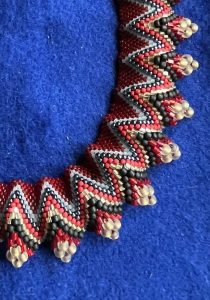I just finished taking my second drawing class of the year.
I’ve always wanted to be able to draw, but back when I was a kid I was told I was no good at it, and somehow I took that to heart. After all, I had lousy handwriting (still do) and poor fine motor skills. And the myth that you had to have “talent” to do all kinds of things was overpowering back then.
Maybe it’s still overpowering.
Anyway, I’ve now taken two drawing classes, picked up some technical skills, and lost my fear.
I’m not doing this for any particular purpose. I just want to draw. It seems to me that understanding the basics of drawing – the tools, the techniques, the ways of seeing – is very useful regardless of whether you want to be serious about making art.
The underlying context I picked up as a kid was that if you aren’t naturally good enough something, you shouldn’t waste time on it. Only do things you’re good at.
And of course, if you did have enough talent to be seen as good at something creative, you were told you shouldn’t do it because it wasn’t “practical.” How are you going to make a living with that, everyone said.
Our drawing teacher told us this week that he quit his career in architecture to make art full time and is so much happier. Practicality isn’t everything.
He also told us he really enjoyed teaching us and he was very good at being encouraging about our efforts while still showing us what we missed.
I think part of the reason he liked teaching us was because we were a bunch of grownups taking a class for its own sake and invested enough to do the work. Because the work is the whole point here.
That was one of things I always liked about teaching Aikido: people were serious and were there to learn. People trained because they wanted to train, not with any larger goal in mind.
I trained for those reasons. And, by the way, I was not “naturally good” at Aikido. I just loved it – and karate before it – too much to be discouraged.

 I don’t think of myself as a crafter, but I do do a lot of craft-like things. Maybe I should rethink?
I don’t think of myself as a crafter, but I do do a lot of craft-like things. Maybe I should rethink?
